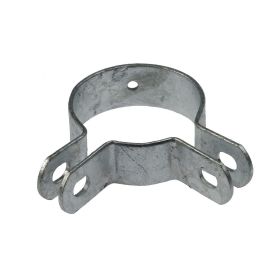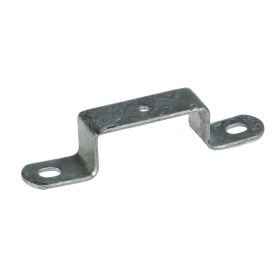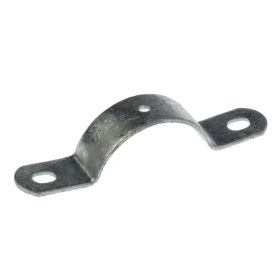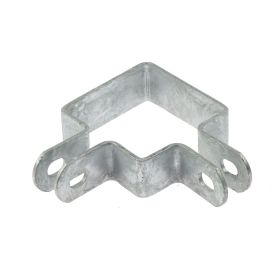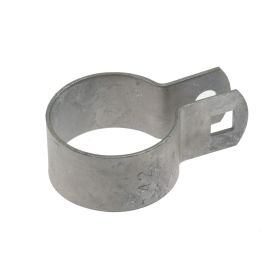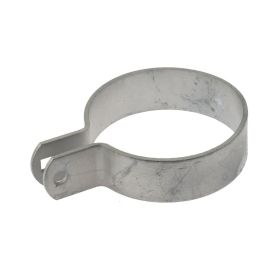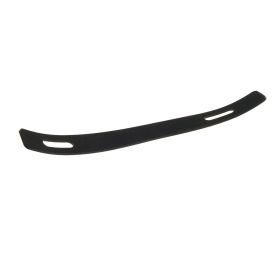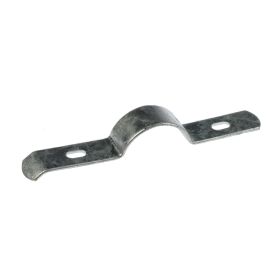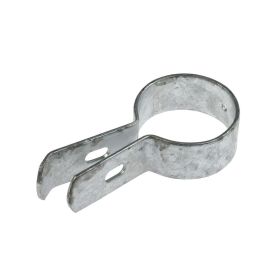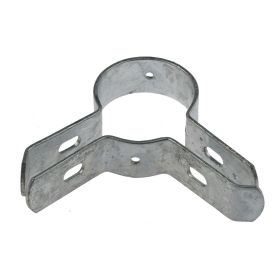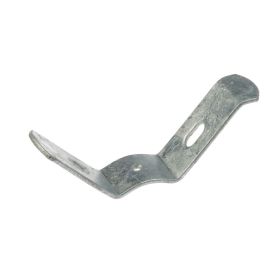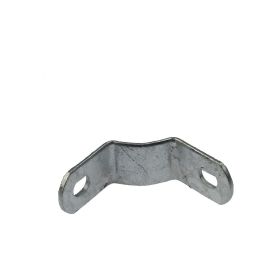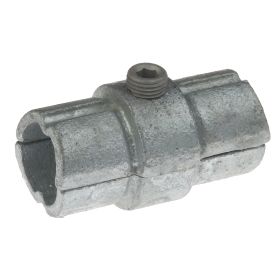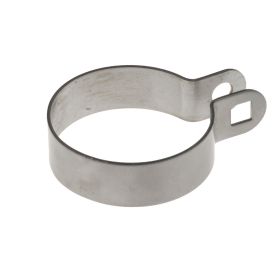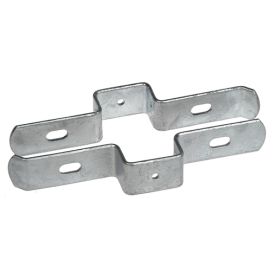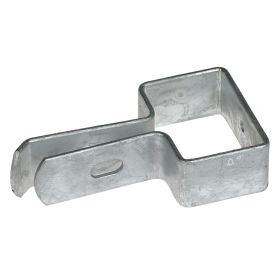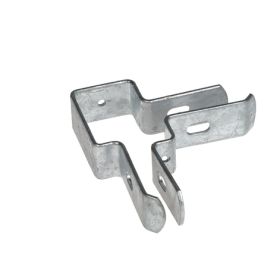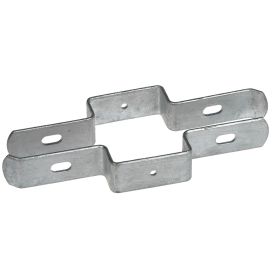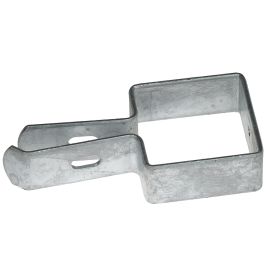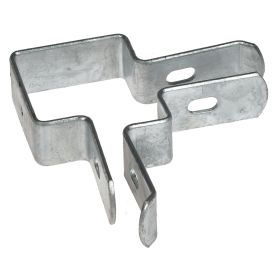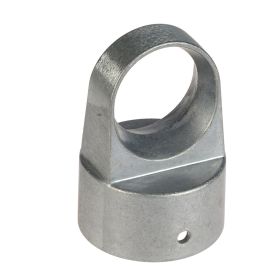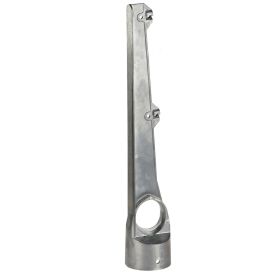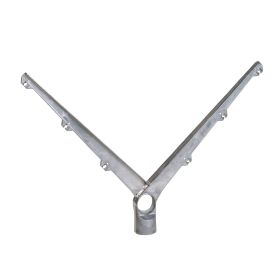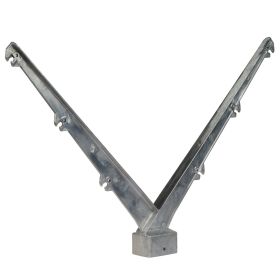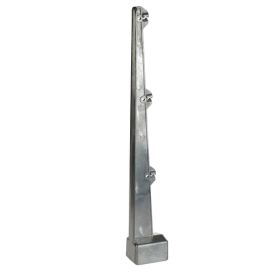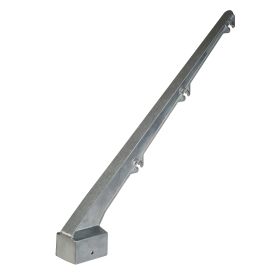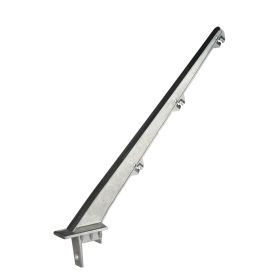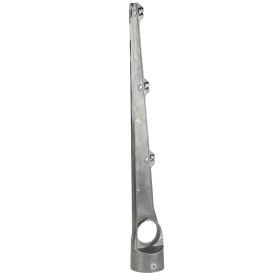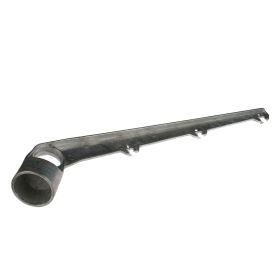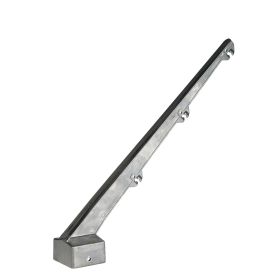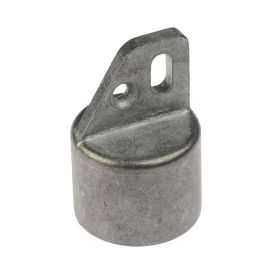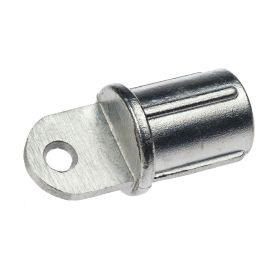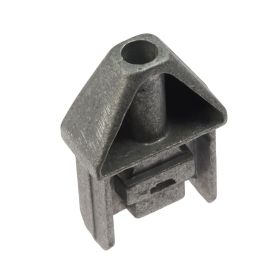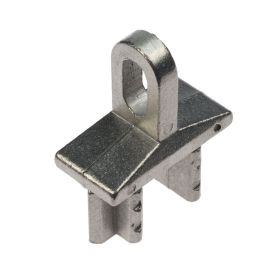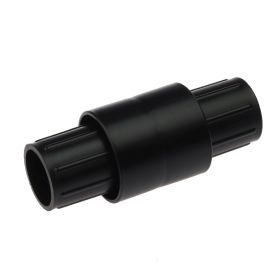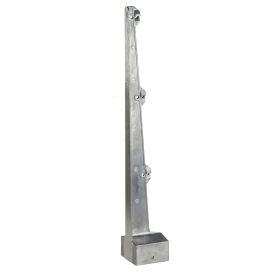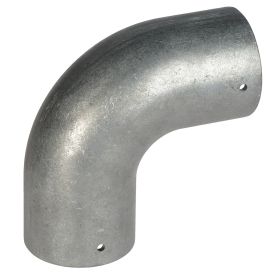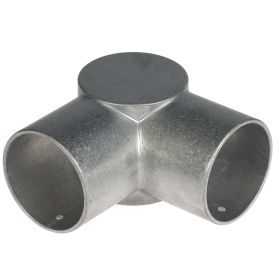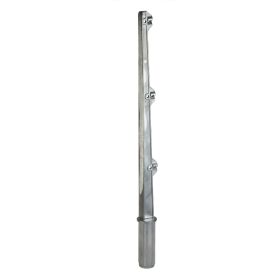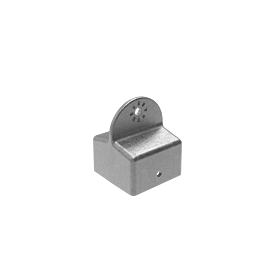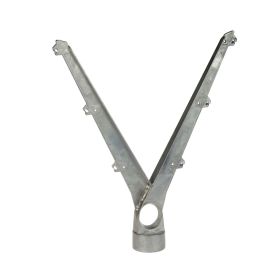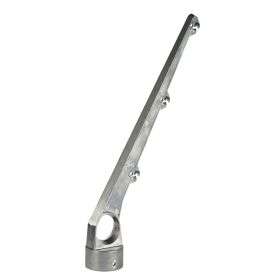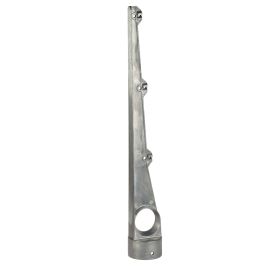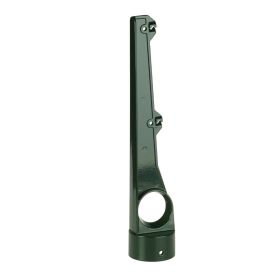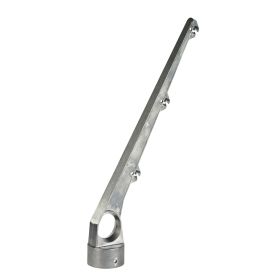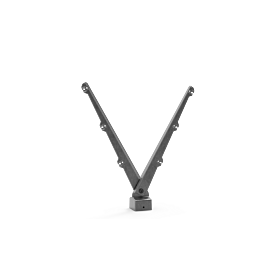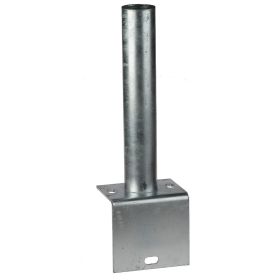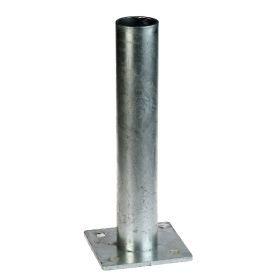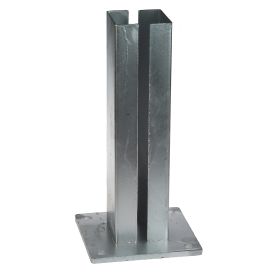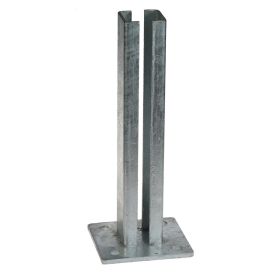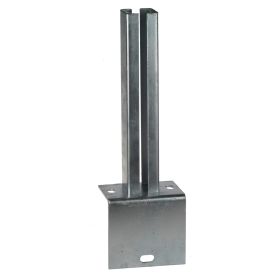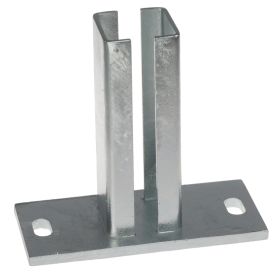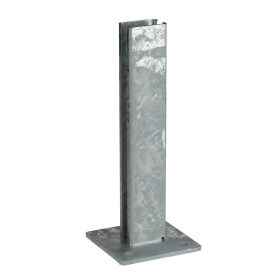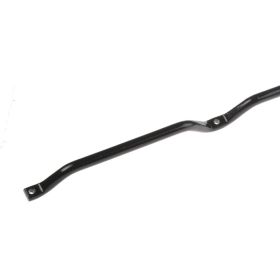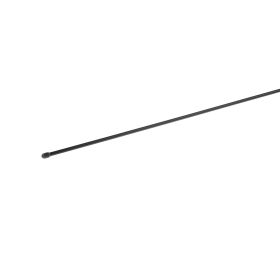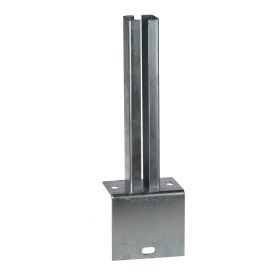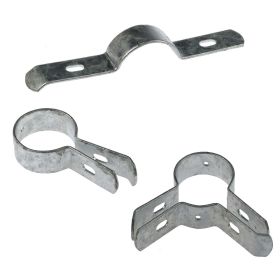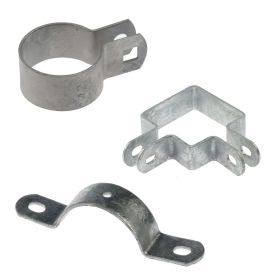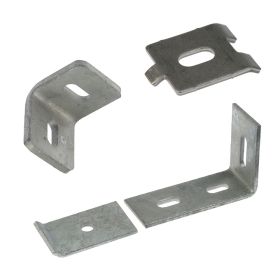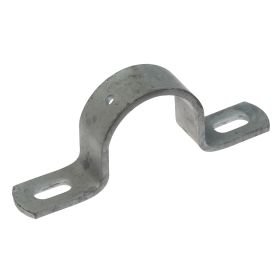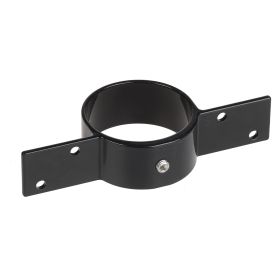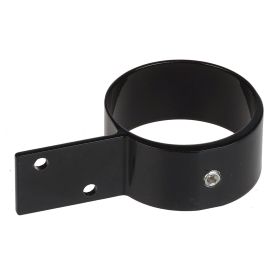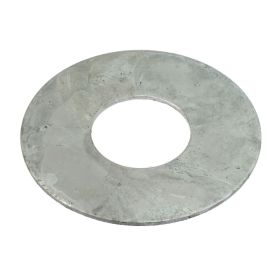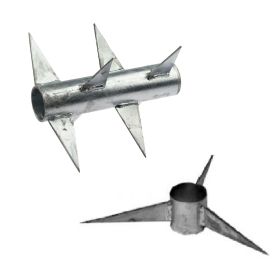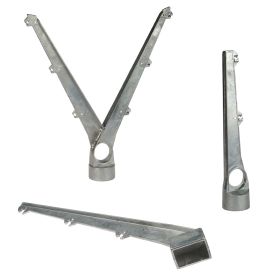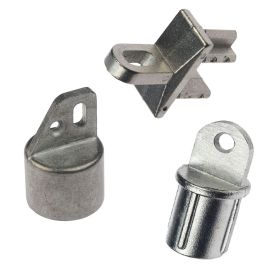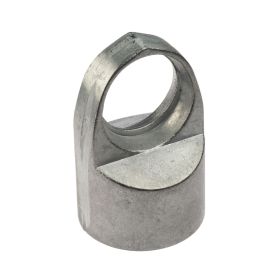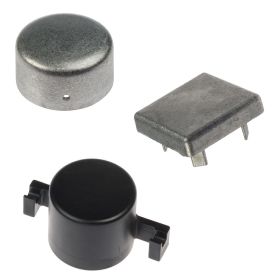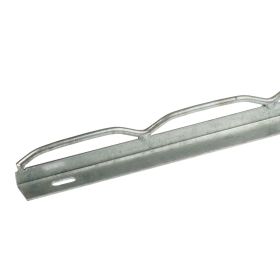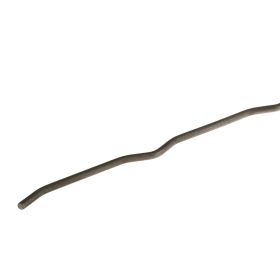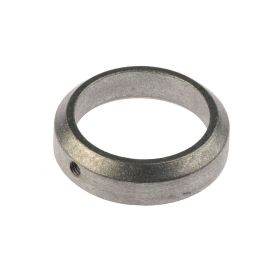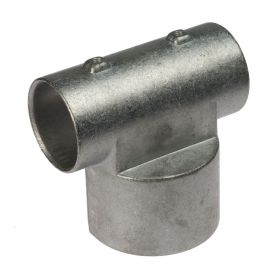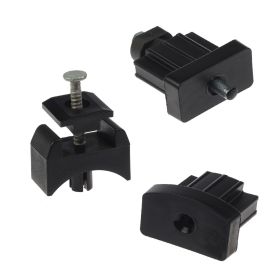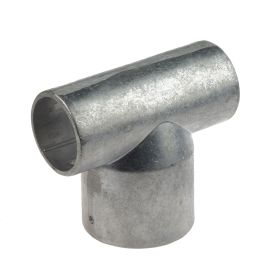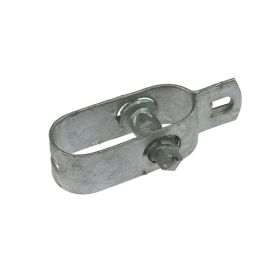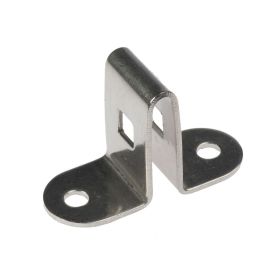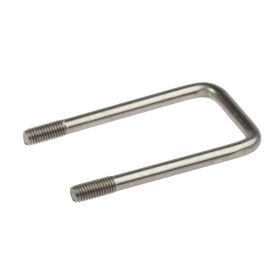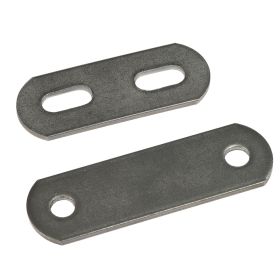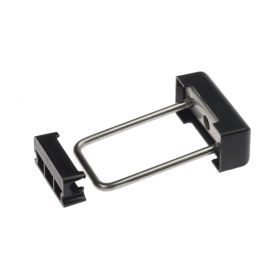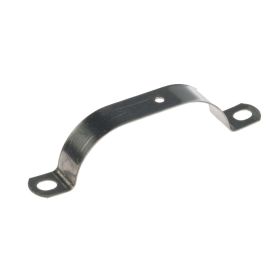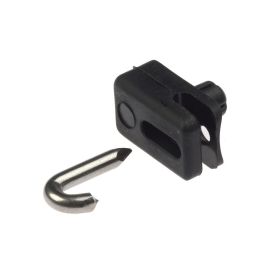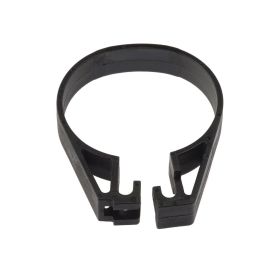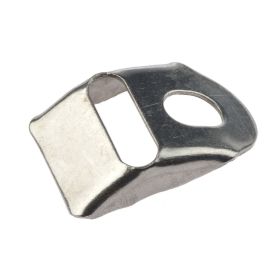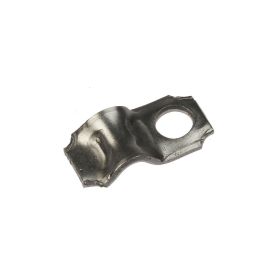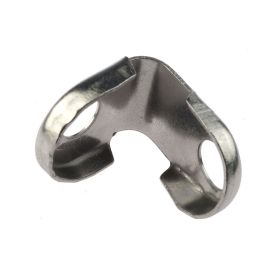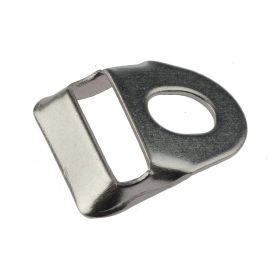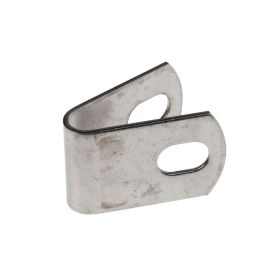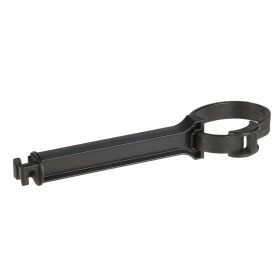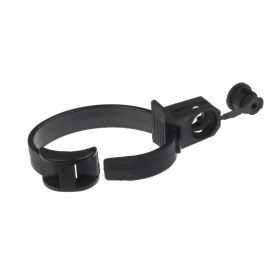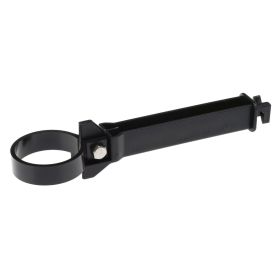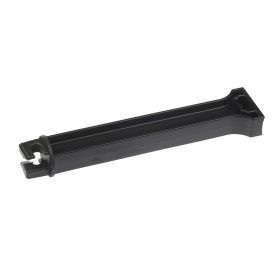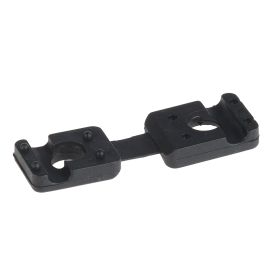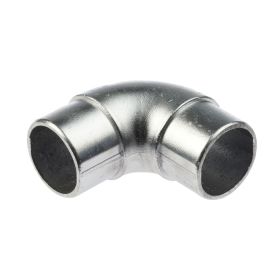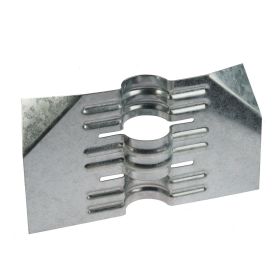Fence connectors are selected according to the structure, layout and load profile of the fencing system.
Mesh panels require precise alignment between vertical posts and horizontal rails. Tensioned wire
needs secure joints that withstand pulling forces and absorb vibration. In modular or sloped
configurations, multi-way fittings connect frames at changing angles and elevations. T-connectors
secure cross-sections, corner clamps stabilise directional changes, and reinforced models maintain
position under continuous pressure. Each connector type contributes to a stable fence layout that
holds its form across tensioned, rigid and modular assemblies.
Connector Selection for Different Fence Types
A fence defines space in livestock areas, within stables, and around solar parks, sports fields, industrial
zones and public areas. Design choices vary by setting, but performance always depends on how the
frame connects under force. On uneven terrain or in shifting layouts, joints must absorb angle changes
without losing stability. In high-vibration zones or open areas with strong wind, fixed alignment and
bracing are critical. Large-scale projects such as solar parks require fast installation and long-term
mechanical strength without compromise. The joint is not only a link between components but a
structural element that controls how the system behaves. A field enclosure for infrastructure carries
tension across distance. A sports perimeter requires flat alignment and visual order. A perimeter fence
defines the outer boundary of a site and must remain secure over time, even under environmental
stress and external force. In this configuration, the connection must maintain rigidity while preventing
displacement at corner points and transition lines. Where the connector holds position, the fence
retains its shape, load balance and full structural function.
Applications of Barbed Wire Heads and Tube Connectors in Perimeter Fencing
Perimeter fences installed around solar fields, industrial zones and sports grounds are designed to do
more than mark boundaries. The structure must prevent access, absorb pressure and remain stable on
uneven ground and in exposed locations. Aluminium tube frames define the layout and carry the load.
Tensioned wire is held in position by wire tensioners and clamping rings that maintain pressure and
alignment along the fence line. At corners, ends and tension zones, connectors must remain stable and
absorb force without displacement. Barbed wire arms extend the protective reach where security is
essential. Mounting brackets distribute weight at key stress points, while base plates and ground rings
provide stable footing on irregular surfaces. Secure boundary systems depend on fixed alignment at
every stress point. When tube connectors, barbed wire fittings and anchoring elements remain stable,
the fence continues to deliver controlled access, load resistance and long-term perimeter reliability.
Specialist Components for Custom-Built Fencing Solutions
Across Europe, perimeter fencing often requires adaptation to suit specific locations, industry
applications and installation regulations. Buisklem supplies modular connectors and brackets that
enable customised layouts without welding or specialised equipment. Systems can be adjusted for
uneven ground, sloped configurations or pressure-specific zoning. Whether installed at a solar site,
livestock enclosure or industrial boundary, each structure can be configured with precise control over
spacing and anchoring. Consistent tube dimensions and dedicated fittings simplify planning across
different terrain types and national standards. Modular components matched to standard tube profiles
enable consistent installation, reliable joint strength and adaptable layouts across sectors.


